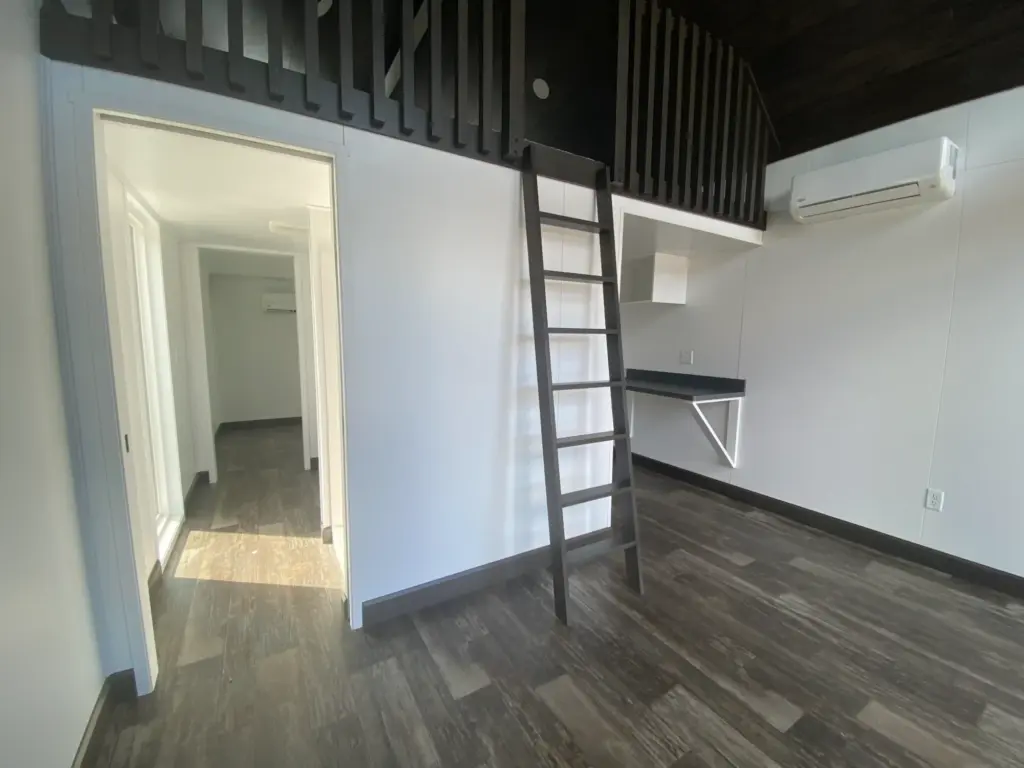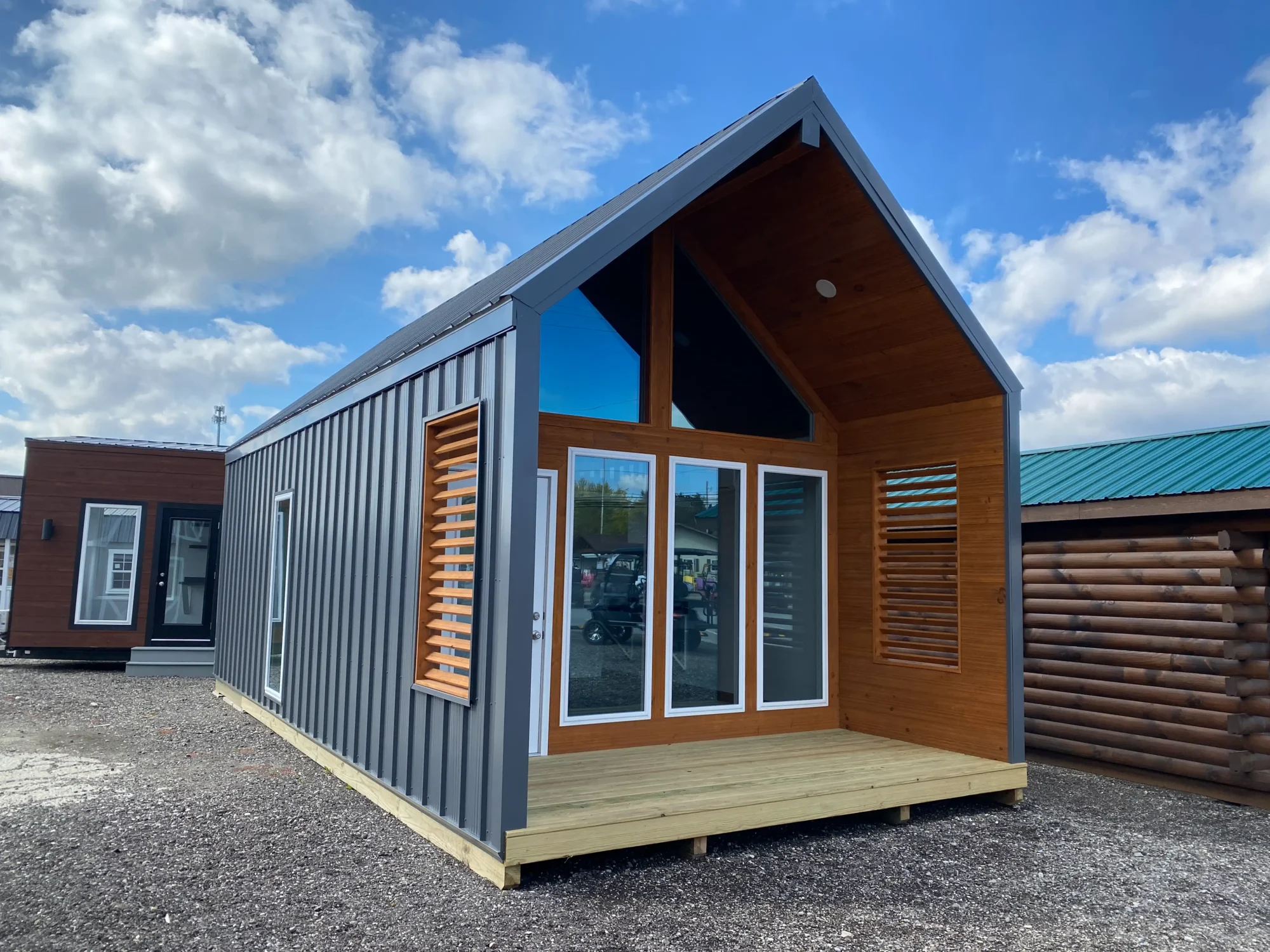Tile flooring brings durability, elegance, and lasting value to any home. Whether it’s a kitchen, bathroom, or entryway, tile remains a top choice for homeowners who want a material that looks beautiful and stands up to daily wear. Still, one important question comes up before any renovation begins: how much does it cost to install a tile floor? The answer depends on tile type, installation complexity, labor, and the condition of your subfloor. Understanding these factors can help you set a realistic budget and get the most value for your investment.

Average Cost of Tile Floor Installation
On average, homeowners spend between $1,000 and $3,500 for a standard tile flooring project. That typically breaks down to $7 to $15 per square foot including materials and labor. High-end projects can exceed $20 per square foot if the tiles are imported or require intricate designs. The total cost can vary widely based on the tile you choose and the complexity of the pattern. Installing tile in small bathrooms, for instance, may cost less overall but more per square foot because of the detail and cutting required.
Factors That Affect Tile Installation Costs
Several variables influence what you’ll pay to install a tile floor. The type of tile, preparation needed, layout, and even your location all affect pricing. Ceramic tiles are affordable and easy to install, while natural stone or porcelain options cost more. The skill and experience of your installer also matter. Professional labor rates differ across regions, and more experienced installers may charge higher rates for complex projects. For example, a simple grid pattern costs less than a herringbone layout that requires precise cuts and alignment.
Tile Materials and Their Price Range
Tile materials come in many styles and price points. Ceramic tile is the most budget-friendly option, typically costing $1 to $3 per square foot for materials alone. Porcelain tile is denser and more water-resistant, with prices ranging from $3 to $8 per square foot. Natural stone tiles such as marble, travertine, or slate bring timeless beauty but cost anywhere from $6 to $15 per square foot. Glass or mosaic tiles are usually priced higher because they take longer to install and require more precision. Choosing the right tile depends on your space, style, and budget priorities.

Labor Costs and Installation Complexity
Labor makes up a significant portion of tile installation costs. Professionals generally charge $4 to $10 per square foot for standard installations. Complex designs, uneven subfloors, or diagonal patterns increase the cost because they take more time and precision. Removing old flooring before installing new tile adds to the price, as does repairing a damaged subfloor. A professional installer can also seal grout and edges, ensuring the floor resists moisture and lasts for years. Although you can attempt a DIY installation, hiring a skilled tile contractor ensures a cleaner, longer-lasting finish.
Subfloor Preparation and Additional Work
Before tile can be installed, the subfloor must be level, clean, and stable. If it’s uneven or damaged, it will need repair or underlayment added. Plywood or cement backer board is often installed to provide a stable base. This can add $1 to $3 per square foot to your total cost. Homes with older floors may also require demolition or debris removal, which adds both labor time and disposal fees. Proper preparation protects your investment by preventing cracks and loose tiles later.
Cost Differences by Room Type
The location of your tile installation impacts overall cost. Bathrooms often cost more per square foot because of tight spaces and plumbing obstacles. Kitchens, hallways, and entryways are generally more straightforward, though large areas can still drive up total expenses. Outdoor spaces or patios may require frost-resistant tiles and special adhesives, which also add to the final bill. Always discuss with your installer how location and layout will influence both labor time and material needs before starting.

DIY vs. Professional Installation
Many homeowners wonder if installing tile themselves can save money. While DIY installation might lower costs, it comes with challenges. Precision cutting, proper grouting, and level placement are harder than they seem. Mistakes can lead to wasted materials or uneven surfaces that require professional correction later. Professional installation ensures consistent results, longer durability, and warranties for both materials and labor. For smaller projects, a skilled DIYer may succeed, but for large or intricate areas, hiring a pro is often more cost-effective in the long run.
Additional Costs to Consider
Beyond tile and labor, there are extra expenses to plan for. Grout and sealants add between $1 and $2 per square foot. Trims, thresholds, and transition strips between rooms can also raise costs slightly. If you’re replacing old floors, removing carpet or laminate typically costs $1 to $3 per square foot. Proper sealing is especially important in bathrooms and kitchens to prevent water damage. Budgeting for these details upfront avoids unexpected costs once the work begins.
Long-Term Value of Tile Flooring
Although installing tile may seem expensive at first, it offers strong long-term value. Tile floors are durable, resistant to water and stains, and easy to maintain. They can last decades with minimal upkeep, unlike vinyl or carpet that often require replacement after several years. Well-installed tile also boosts home resale value, as buyers appreciate its beauty and low maintenance. The initial investment pays off in longevity and added property appeal, making tile one of the most cost-effective flooring options over time.

Comparing Tile to Other Flooring Types
Tile is often compared to hardwood, laminate, or vinyl flooring. While some materials cost less initially, few match tile’s lifespan and durability. Laminate may run $3 to $7 per square foot installed, while hardwood averages $8 to $14. Vinyl is inexpensive but prone to scratches and fading over time. Tile remains a top choice for areas exposed to moisture, such as bathrooms, kitchens, and basements. When maintained properly, it outlasts nearly every other type of flooring.
When to Replace or Refinish
If your current tile floor looks worn or outdated, replacement might not be the only option. Some homeowners update existing tiles with paint or epoxy coatings. You can explore this in our article on can tile floors be painted. For tiles that are cracked or loose, replacement is often the best long-term solution. Modern tile styles offer a wide range of colors, textures, and patterns that can refresh your home without increasing maintenance demands.

Conclusion
So, how much does it cost to install a tile floor? Most projects range from $7 to $15 per square foot, depending on materials, labor, and preparation. The key factors include tile quality, installation complexity, and location within your home. While upfront costs can seem high, tile flooring delivers unmatched durability and timeless style that pay off over time. With proper care and professional installation, your tile floor can remain a beautiful, low-maintenance feature for decades.
For quality craftsmanship and expert advice on construction projects, visit Ohio Cabins and Structures. If you’re ready to begin your renovation or want a personalized estimate, contact our team through the contact page today.
